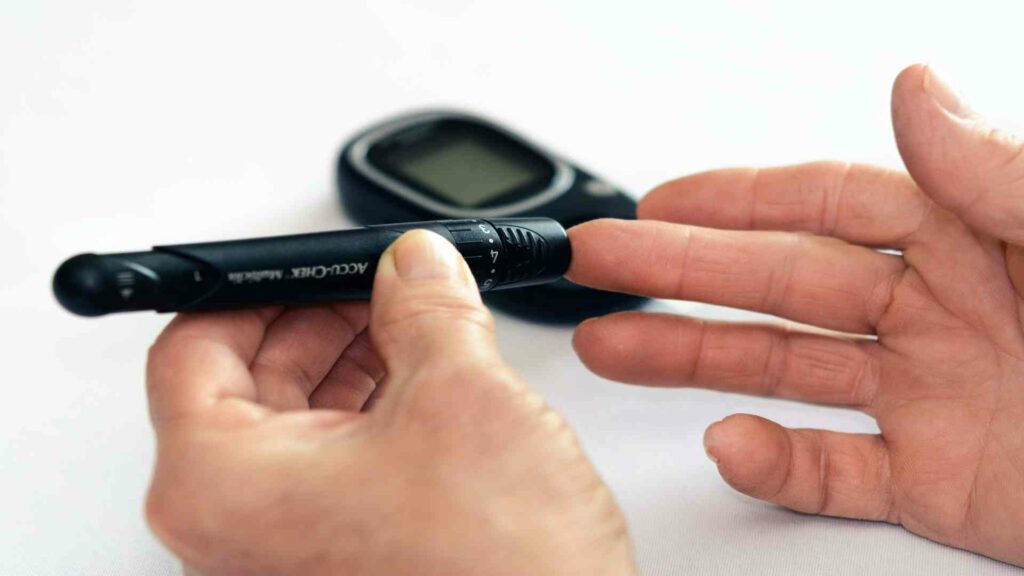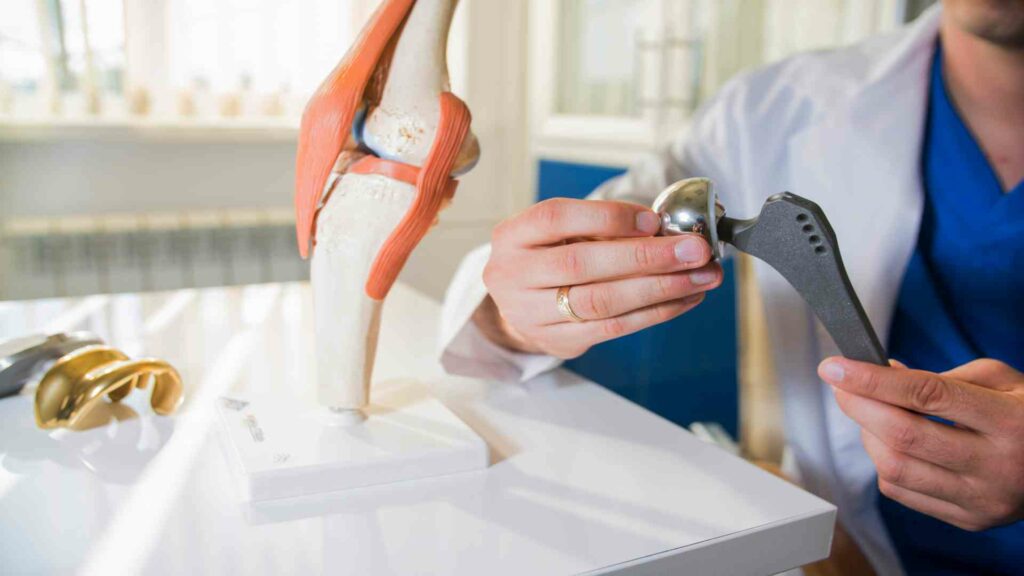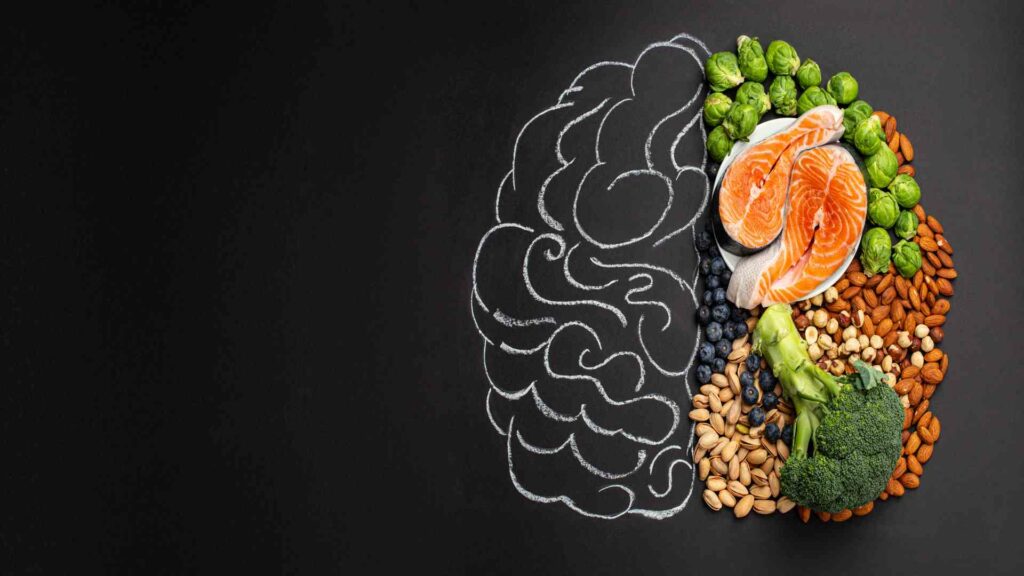Boron and Beer Production
Boron can be found in beer production and in beer itself. A new study has discovered that there is a high concentration of boron in some beers. The study found that beer from Ireland and Portugal contained the highest amounts of thiamine, a B-vitamin. One bottle of these beers contains about 2% of the daily recommended allowance of thiamine vitamin. However, it was not clear whether this element was beneficial or detrimental to human health. The researchers did not find any adverse effects associated with boron in beer. Interestingly, boron has been found in beverage concentration content in recent times. There is 1.8 µg/ml of Boron present in Beer.
Many consumers prefer to purchase national products but are increasingly opting for imported beers. The study will examine differences in mineral content between beers imported from different countries and compare their concentrations with national beverages.

Boron in Beer
| Beverages | ||
| Scientist name | Hunt et al. (1991) | Anderson et al.(1994b) |
| Wine | – | 3.5 |
| Beer | 1.8 | 0.13 |
The study also identified differences between different beer regions. The highest boron concentration was found in Ukrainian, Portuguese, and Irish beers. The lowest concentration of boron was found in Mexican beers. While most people prefer to drink local beers, there are many international beers available. The authors suggest that these beers have higher levels of boron than beer from other countries. So, this study is essential. It can help improve public awareness of the mineral content of beer and make it safer for consumers.
While the study aims to determine whether the boron content in beer is beneficial or harmful depending on the region, many international beers are conducted. It is important to note that boron is essential for the proper growth of yeast. It promotes the production of high-quality beers. Its anti-inflammatory effects are confirmed in animal studies and can improve immune system function. It has a positive impact on human health. Moreover, it boosts free-radical scavenging.
While boron is an essential mineral, its low concentration in beer is not considered harmful to human health. Even though boron is necessary for brewing beer, it is not beneficial for yeast growth. For this reason, the study’s authors recommend that beer should contain less potassium than its German counterpart. The researchers also suggest that it is necessary to limit the consumption of phosphorus-rich beers.
The content of phosphorus and boron in beer is important to the quality of the beer. These two minerals are necessary for the growth of yeast cells and ATP production. Without enough phosphorus in the wort, the yeast will not be able to grow and will not ferment properly. It is essential for the growth of yeast. Therefore, a lack of boron in beer may result in a deficient beer in a high-quality product.
Brewing Technology in Beer Concentration
Procedure to form Ammonium as the end product by using Boron
The Importance of Ammonium in Beer has been discussed in various articles by scientists. It describes how ammonia is produced in a brewery and its chemical composition. Ammonia is the product of the chemical reaction of nitrogen reduction to ammonia. Ammonia is a byproduct of this process and is the most abundant nitrogen compound in the environment. Ammonia can be obtained from the fermentation of yeast and the resulting product is ammonia.
To produce beer, the fermentation process requires the addition of ammonium. In the fermentation process, nitrogen levels should be between 150 and 250 mg/L. However, too high or too low a level of ammonium will result in incomplete fermentation and undesirable off-flavors. YAN levels are monitored through Primary Amino Nitrogen (PAN) or Free Amino Nitrogen (FAN). YAN is important in determining the alcohol content of a beer because it affects the production of higher alcohols, such as ethanol, which contributes to the flavor of the beer. In addition, YAN levels are used to demonstrate the actions of enzymes during malting.
Ammonium in beer is produced in a brewery by an acidification process. The first step of the process is fermentation and requires a combination of simple reagents and water. The second step uses locally brewed beer to achieve a pre-ammonium product.
But it is essential to understand that it is not an easy job to produce ammonia from nitrogen. It is an energy-intensive process that needs transition metals in the process.
Research Work on Brewing Technique
There is research at Julius-Maximilians-Universitat (JMU) Wurzburg in Bavaria, Germany. The researchers have achieved the conversion of nitrogen to ammonium at room temperature and low pressure. Incidentally, this method does not need transition metals for the process. You can find a report for the same in the journal Nature Chemistry, which offers the details of a research group led by JMU scientist Holger Braunschweig.
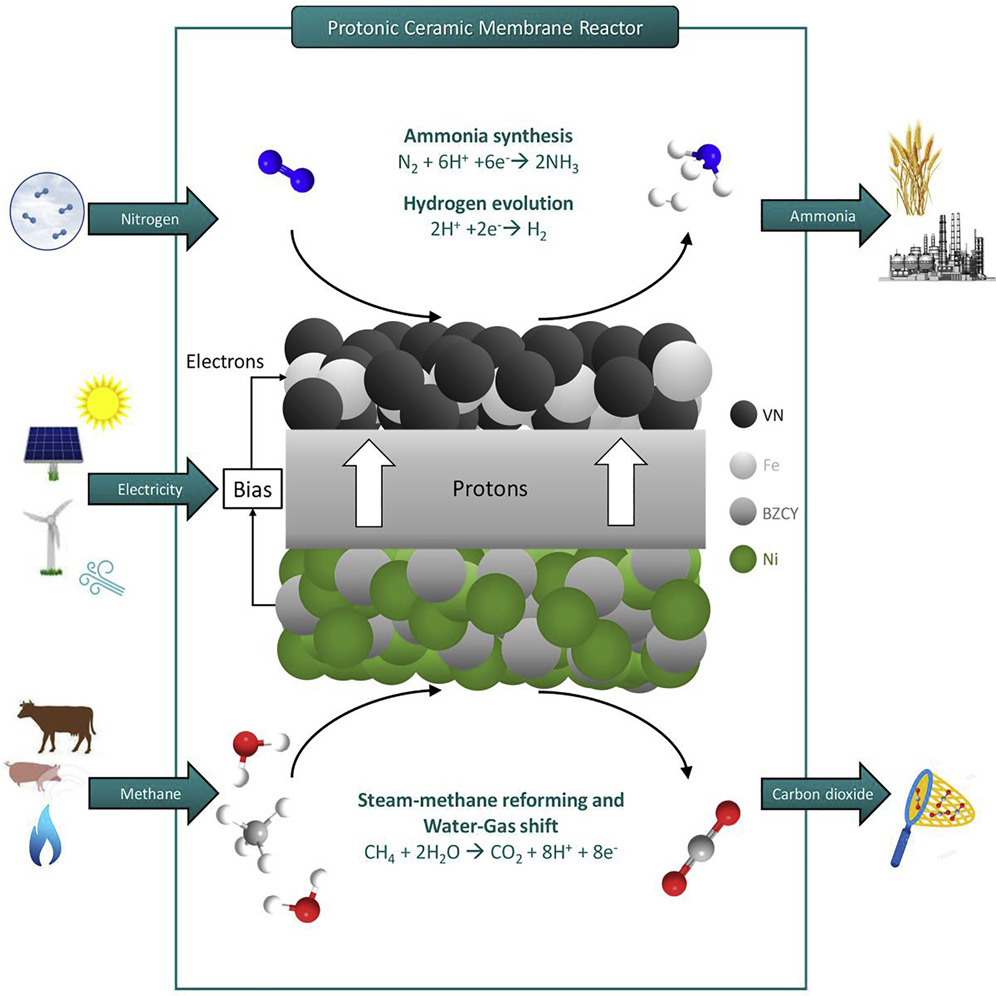
Haber Bosch Process
Source: https://www.sciencedirect.com/science/article/pii/S2542435119305227
The Haber-Bosch process is the industrial production of ammonia. It requires high pressure and temperatures and consumes up to two percent of all the energy produced on earth. This process also depends on transition metal elements with comparatively heavy and reactive atoms.
Braunschweig’s 2018 team published nitrogen’s binding and chemical transformation using a molecule made only of lighter, nonmetal atoms. They used a similar system a year later to show the first combination of two nitrogen molecules under laboratory conditions. It was a result that had previously been only possible in Earth’s upper atmosphere or under plasma conditions.
Both discoveries were made possible by bonding nitrogen to boron. Braunschweig says, “After these discoveries, it was evident that we had a pretty unique system on our hands.”
Past Research on Acidification in Beer Concentration
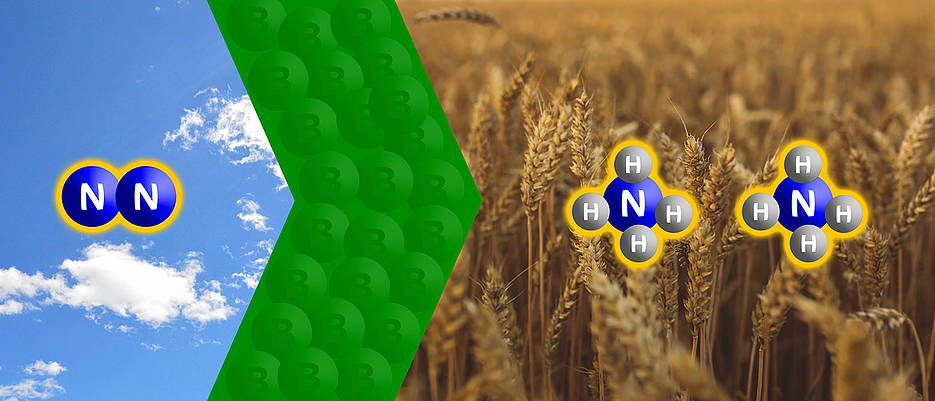
Boron ammonium and Beer
The team realized that the acidification stage of the process worked even with water. They then used Wurzburger Hofbrau beer from their local brewery to replicate the reaction. They were delighted to discover the presence of the pre-ammonium product within the reaction mixture.
Dr. Marc-Andre Legare was the postdoctoral researcher that initiated the experiment. He said,
“This experiment was in part fun, but it also showed how tolerant the system can be to water and other compounds.Reducing nitrogen to ammonia, one of the most important chemical reactions in human history.” It is the first time that beer has been used in this process: Dr. Rian Dewhurst, Akademischer Oberrat, and co-author of this study.
Health Benefits of Beer as a Beverage
B Vitamins
Readers of Hemingway’s A Farewell To Arms today will likely be surprised to learn that Catherine’s doctor advised her to drink beer during pregnancy. As it turns out, doctors did that in 1929 when the novel was published. Researchers have learned that beer is a good source of B vitamins such as niacin, riboflavin, pantothenic acid, vitamins B6 and B12, and folate, which can prevent congenital disabilities of the brain and spine. As a matter of fact, one 12 oz. A bottle of beer contains up to 12.5 percent of the recommended daily dose of vitamin B6, which is generally helpful on a cellular level and safe for the heart.
Silicon in Beer
Beer is claimed to be one of the richest sources of silicon in the diet. However, there is not much information about the relationship between silicon content and beer style. Another interesting aspect of beer production is how it is made.
As per research, 6.4 to 56.5 mg/l of silicon is present in commercial beers. The beer derived from barley contains more significant levels of silicon than the ones from wheat-based grist. It is probably because the husk layer of barley can retain higher levels of silica.
Hops contain more silicon than grain, but they contribute less exciting than malt to beer production. Finally, beer derives more deficient silicon comparatively. There is a vast majority of silicon leftover during the brewing process with the grains spent. However, the wort production in the breweries leads to increased extraction of silicon. Hence, there is a lot more silicon surviving in this process.
Similarly, using varying methods, it is possible to identify the amount of Boron in beer during production.
Adverse Effects of Frequent Consumption
Kidney Stones
Italian researchers published a study earlier this year which found that beer may reduce the risk of kidney stones by 41 percent. Some hypothesize this may be due to beer’s high water content and diuretic effect. However, this was certainly not true for soda and punch, which increased the risk of kidney stones.
Cardiovascular Disease
Almost every time, and it appears, scientists release new reports suggesting that moderate alcohol consumption is associated with reduced risks of cardiovascular disease. Harvard School of Public Health found that “moderate drinkers were 30 to 35 percent less likely to have suffered a heart attack.”
Still a long way to go
It has been interesting to go over several facts in this article, but the acidification reaction is not a practical way to produce ammonium industrially. Finding a way to reform the active species will be important to make the process economical and energy-efficient.
Another study by Meacham et al. has shown that researchers greatly overestimate boron content in beer. Their results showed that the amount of boron in beer was 4.3 mg/L, 4.8 mg/L, and 5.3 mg/L. These values were obtained using the Food Processor software database of the ESHA in Salem, OR, USA. Afterward, they analyzed the boron content in beers from 10 regions and found that the boron concentration in beer was as low as 0.4 ppb.
Despite these above four health benefits of beer consumption, a recent French study found some surprising facts about beer drinkers.
Researchers in France gathered data from 196,604 regular customers of a large supermarket chain. Firstly, they classified purchased food items into three categories: healthy foods, unhealthy foods, and others. In the next step, they calculated the number of purchases made by those who drank wine, beer, and other alcoholic beverages, as well as those who did not drink alcohol.
As a result, they find that wine drinkers are more likely to buy healthy foods than those who do not drink alcohol at all or beer drinkers.
On average, beer drinkers bought the least amount of healthy foods. The ratio of healthy to unhealthy food budgets was also distinct between the groups, which was highest for wine and lowest for beer, the authors reported in their study.

